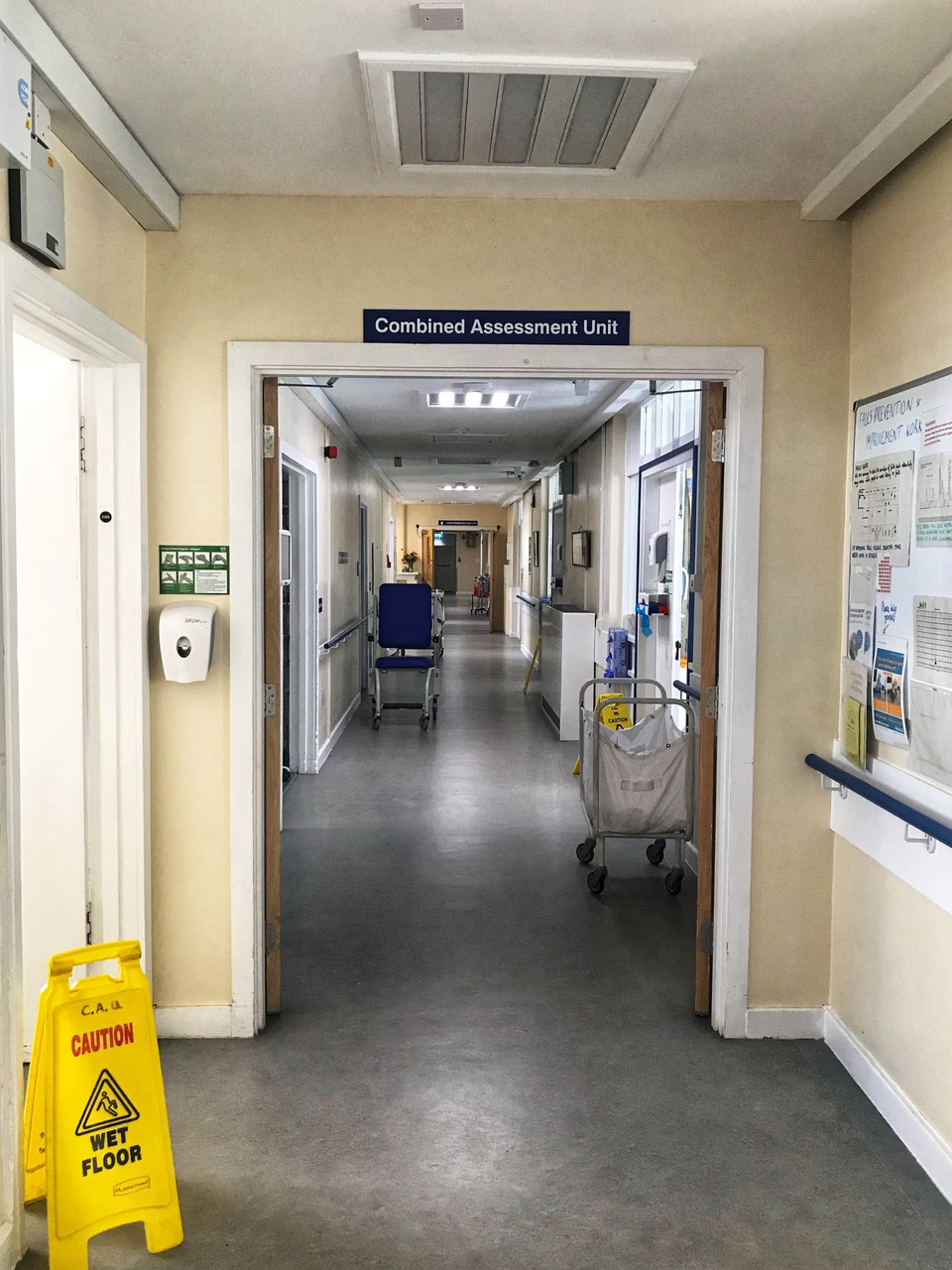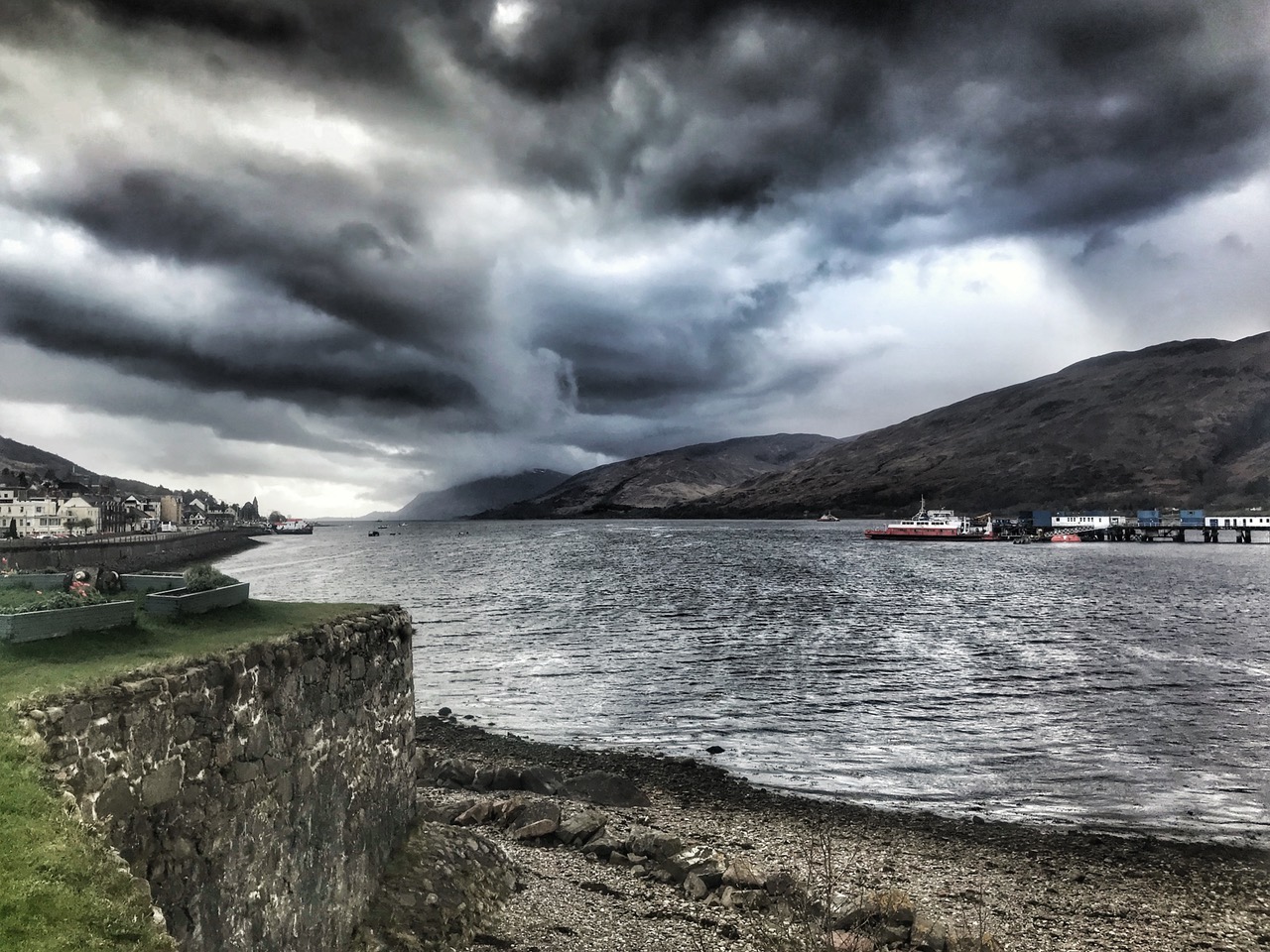After a quick flight, which served to remind me just how quick and easy travelling in Europe is, I had landed in Scotland. My next placement was at the Belford Hospital in Fort William and getting there was a delight. I passed a scenic afternoon on the train traveling through golden hill ranges and past tiny stations seemingly used only by hikers stepping out to the trails, before arriving at the small but charming town that was to be my home for the next placement. Fort William has a population of around 10,000 but brings in many more visitors through its well-deserved title of ‘’Outdoor Capital of the UK”. The town nestles at the base of the Ben Nevis, the highest mountain in the UK. At 1350m it’s on the smaller side by NZ standards but is known to be covered in snow on the tops for most of the year and thus can be a technical climb. In the summer months the area is inundated by walkers and mountain bikers then the winter sees an influx of people for various snow sports. The popular West-Highland Way trail from Glasgow ends here and the mountain biking downhill world champs are held in the area.
The Belford is a 42 bed hospital which services a large geographic area. The hospital has 5 bay ED with 2 resus bays, X-ray and CT as well as 2 wards, day stay unit and an operating theatre. The main ward was the Combined Assessment Unit and functioned as a combined medical and surgical area (yup the surgeons and physicians really did work together!), an HDU, 3 paeds beds and an isolation facility. Patients admitted from ED came here and are looked after by a general nursing team as well as either the medical or surgical team. Depending on leave each team is generally made up of 1-2 consultants, 1 House officer and various local and elective students.
The ED had one senior house officer and the consultants were on call to assist. Ward 1 was the longer stay unit with many of these being geriatric patients in for rehabilitation or end of life care. As there are no hospital level residential facilities in the area the Belford often takes patients from care homes needing extra medical attention. Ward 1 doesn’t have its own dedicated team instead any ‘’extra’’ hands from the medical team rounded on the ward. This often causes issues as the house officer will then need to take time out of the ward to round with the consultant in Ward 1 then cover patients (and the accompanying jobs) on both wards.
I quickly discovered medical students with a bit of initiative were highly appreciated here. We would help clerk in patients to ED or the ward, take bloods, put in cannulas, do ECGs, help with paperwork and assist in theatre. It was a fantastic way to sharping up clinical skills and learn the ways of the NHS while helping the staff made the day run a little smoother.
One thing that really interested me was that the NHS did not seem to be the easiest to work in and the rostering looked more than tough. Nurses worked 12 hour shifts and doctors switched between night shifts and day shifts with only a one-day break in between. Cover of the wards and in particular overnight was light and if back up was needed you would have to call in the consultant. There were a number of days when the juniors were rushed off their feet and I really felt useful being able to assist in small ways.
Rostering is something NZ has been working really hard to improve on in the last years and I hope the UK soon sees the benefits in looking after it’s staff better too. Many of the junior doctors were interested in coming to NZ to work and some had even already applied for jobs.
It was very easy to move between different areas and during my time in the hospital I assisted in ED and on both wards. Education was very important here and elective students, medical students from Edinburgh and Aberdeen and nursing students from Inverness made up the most junior members of the hospital. The staff and in particular the junior staff were fantastic and really went out of their way to make the students feel welcome.




No comments yet.
Leave a comment